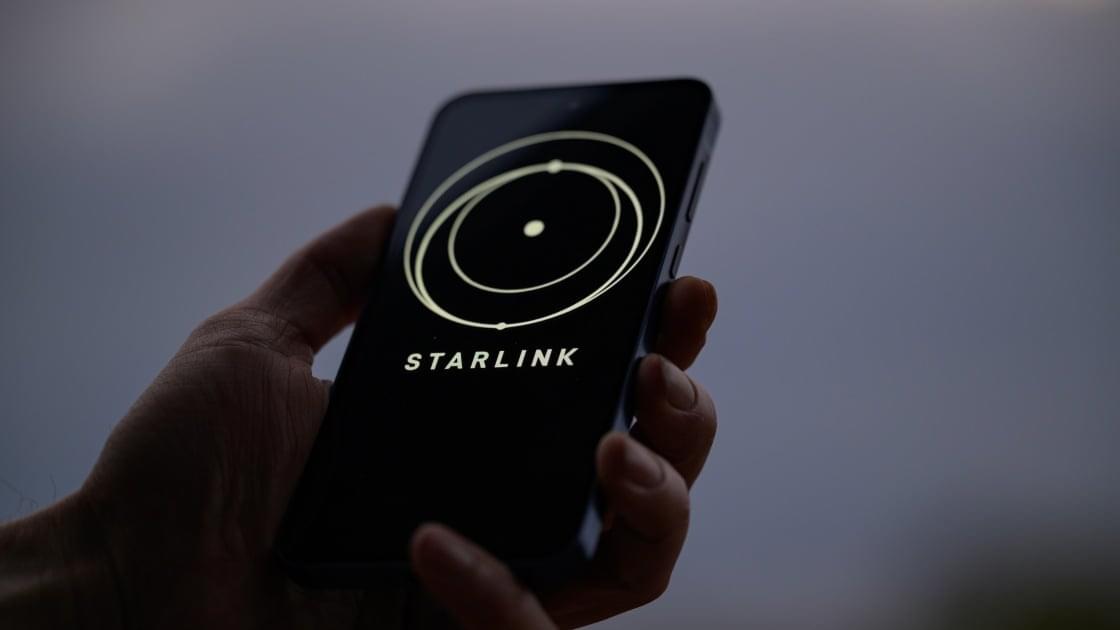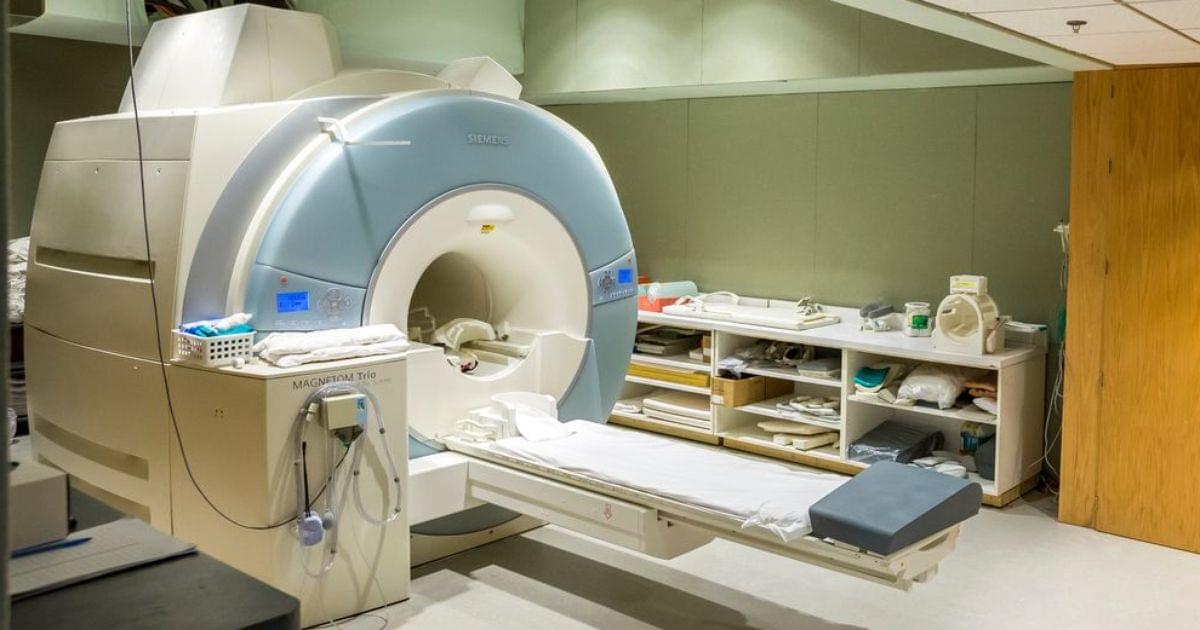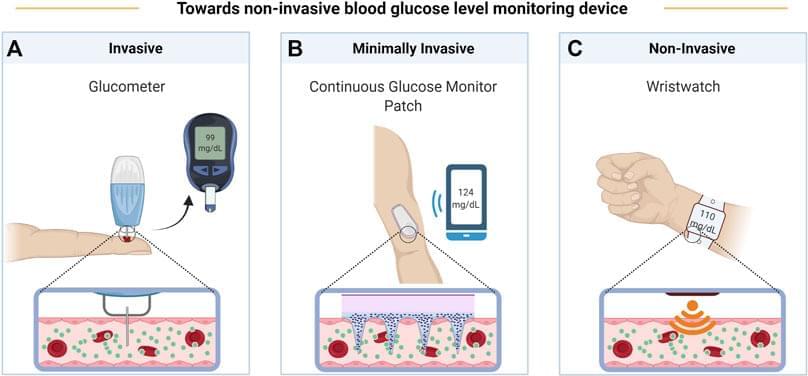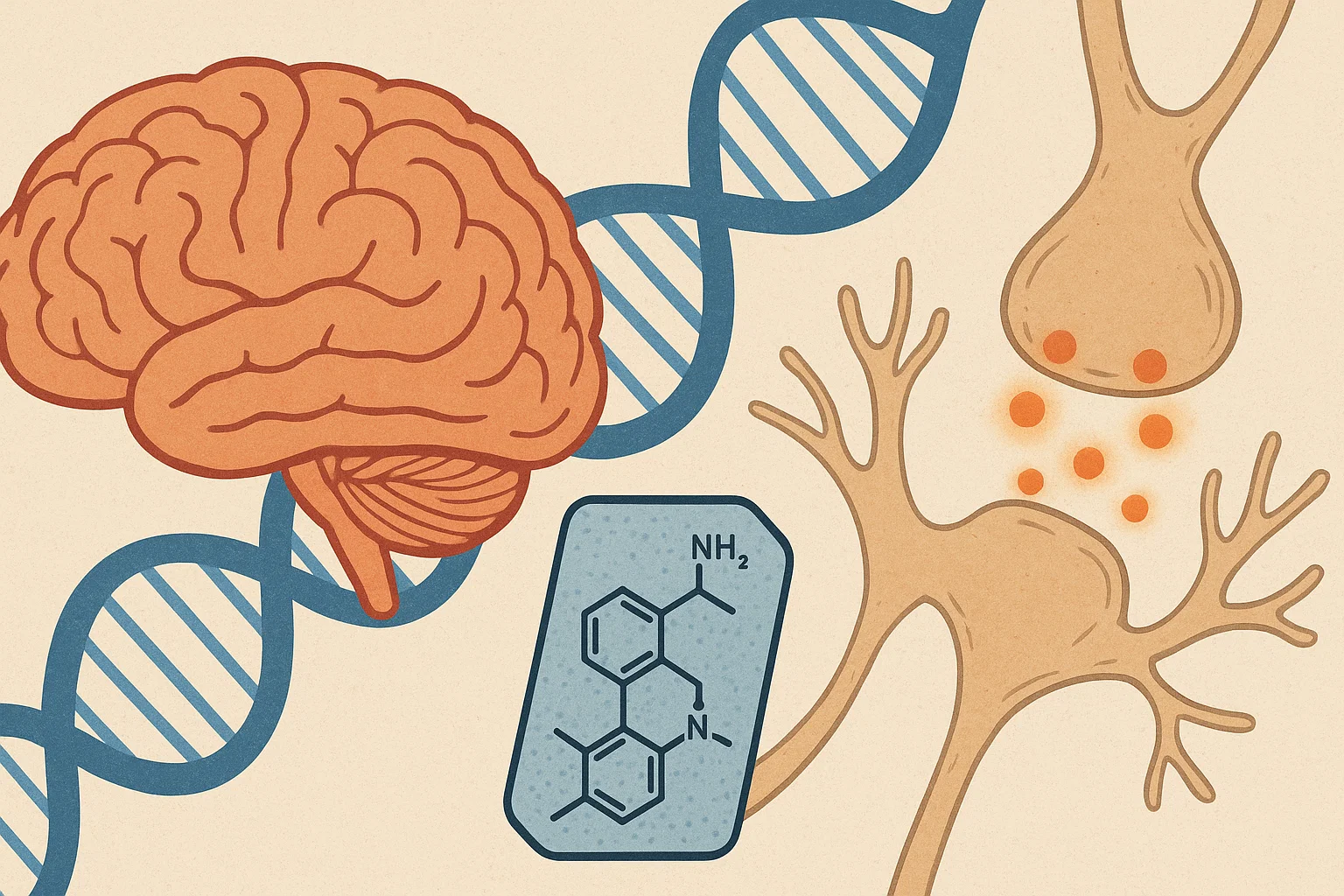SpaceX says it is ready to offer the world’s most advanced GPS system using the Starlink constellation. SpaceX will have a huge advantage over the 31 GPS satellites in orbit as they already have thousands of satellites in orbit with this number increasing to tens of thousands as soon as Starship is operational.
More importantly, Starlink satellites are 20 times closer to the Earth than regular GPS satellites which makes their signal stronger. In addition, SpaceX is moving towards flying their satellites even closer to the Earth. These new satellites will be flying almost twice as close as the current ones!
The company made its pitch in a Wednesday letter to the FCC after the commission kicked off a public inquiry about developing alternatives to GPS, which has long been run through a single provider, the US Defense Department.
The FCC’s goal is to usher in Positioning, Navigation, and Timing (PNT) solutions to complement GPS. In response, SpaceX sent a five-page letter that noted: “One opportunity stands out as a particularly ripe, low-hanging fruit: facilitating the rapid deployment of next-generation low-Earth orbit (‘LEO’) satellite constellations that can deliver PNT as a service alongside high-speed, low-latency broadband and ubiquitous mobile connectivity.”
The letter says SpaceX has already been working on a PNT system for its cellular Starlink service, which is in public beta and will launch through T-Mobile in July.









